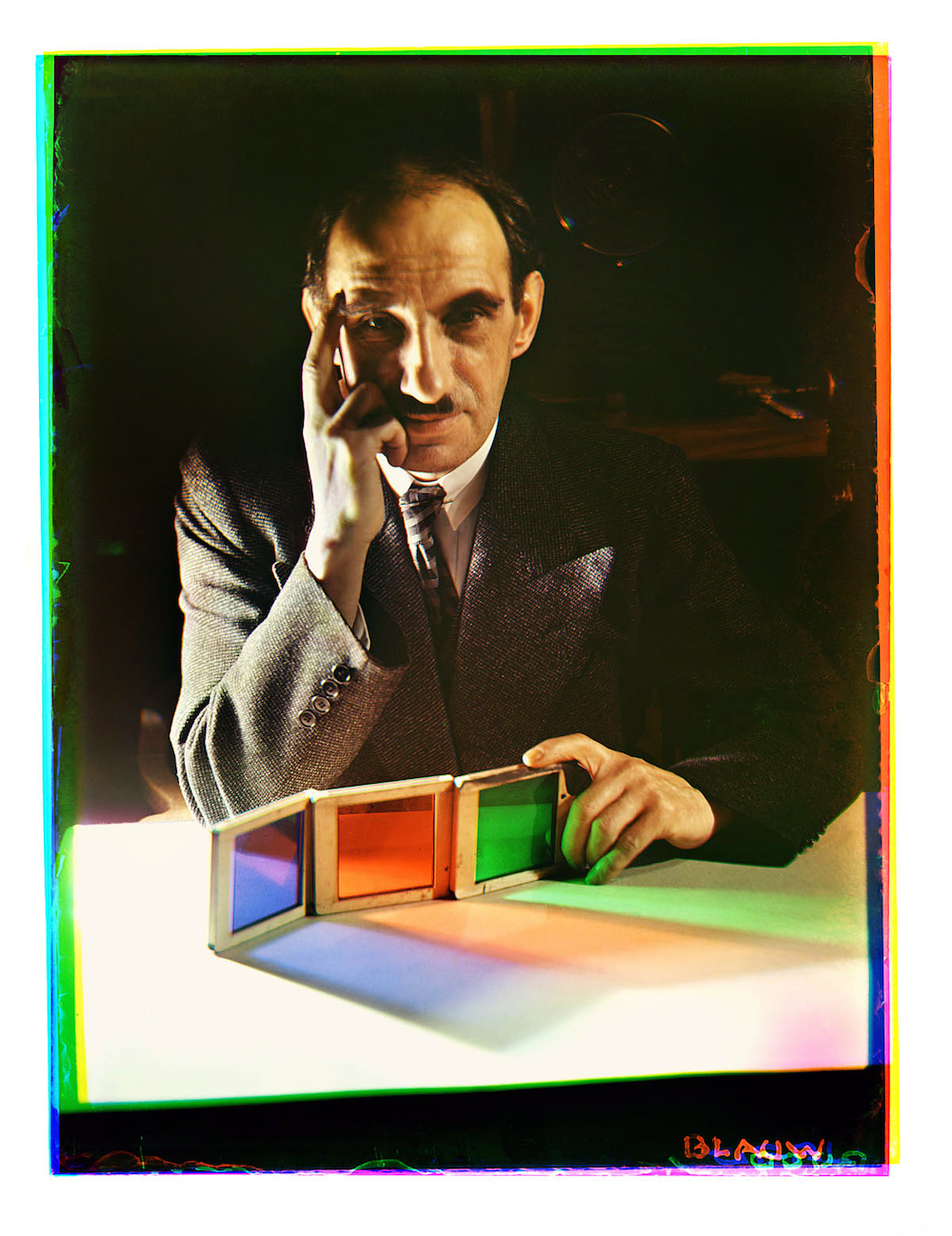
Bernard F. Eilers (1878-1951) had his own photographic business in Amsterdam, Holland. During the 1930s, business was poor. No-one wanted to hire a photographer or have a studio portrait taken. This lull in business caused by the Great Depression allowed Eilers to concentrate on developing a new process of colour photography. Over eighteen-months, Eilers tried and failed, tried and failed to devise his colour photographic technique.
Then in 1935, Eilers eventually succeeded in making his first three-colour photograph by exposing and printing three shots on a single sheet of paper. He called the technique foto-chroma eilers.
This new colour process briefly made Eilers world famous. He was hailed as the “Magician of Colour” and a master of photography. He documented Amsterdam’s streets, its people and buildings. He took portraits of family and friends, and produced a series of three-colour still life photographs that made the objects seem real enough to touch.
Unfortunately, Eilers success was short-lived. Kodak and Agfa soon produced new colour film that superseded foto-chroma eilers.
Now largely forgotten outside of his native Holland, Eilers’ three-colour photographs appear far more vibrant and alive than most contemporary colour photography.
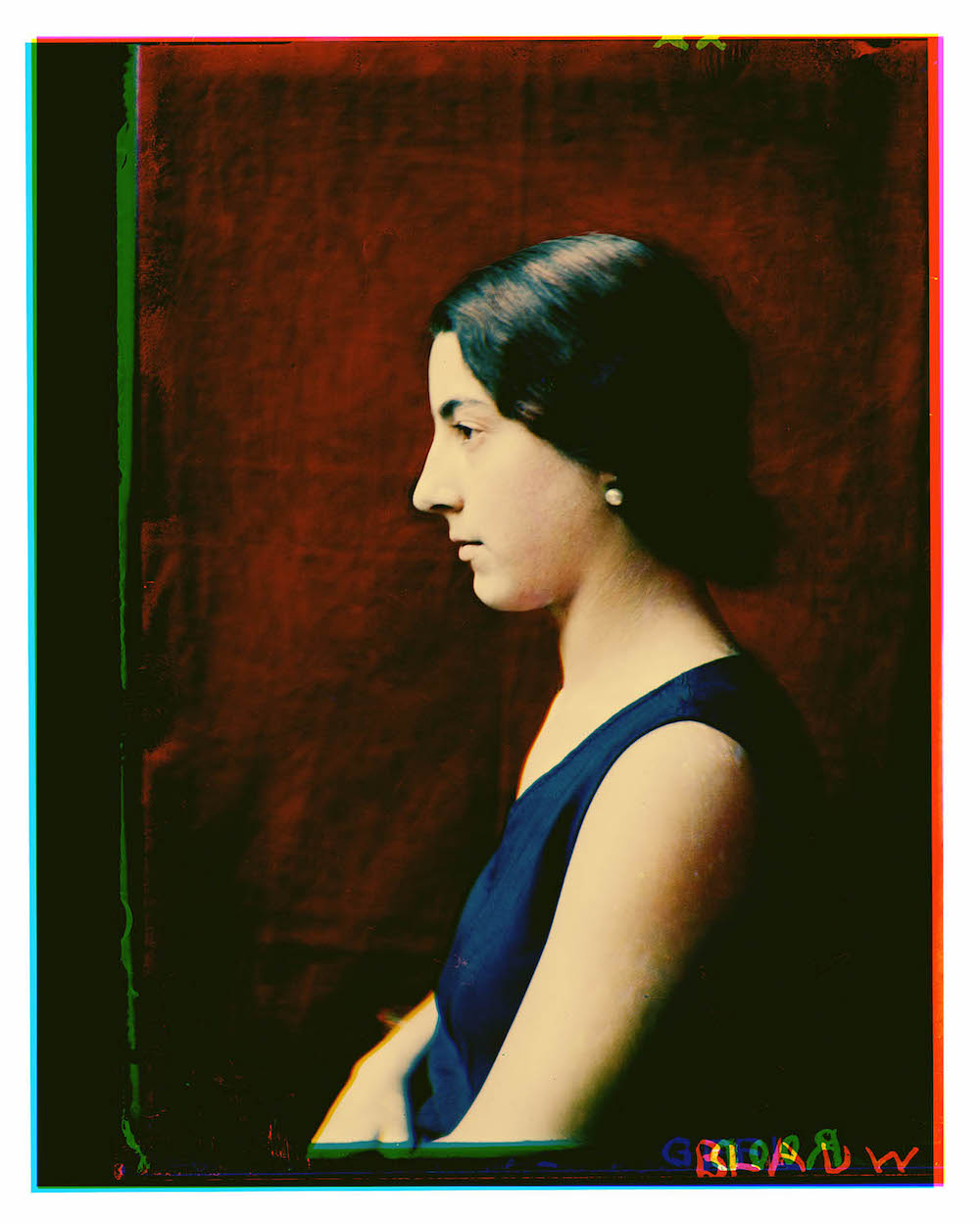
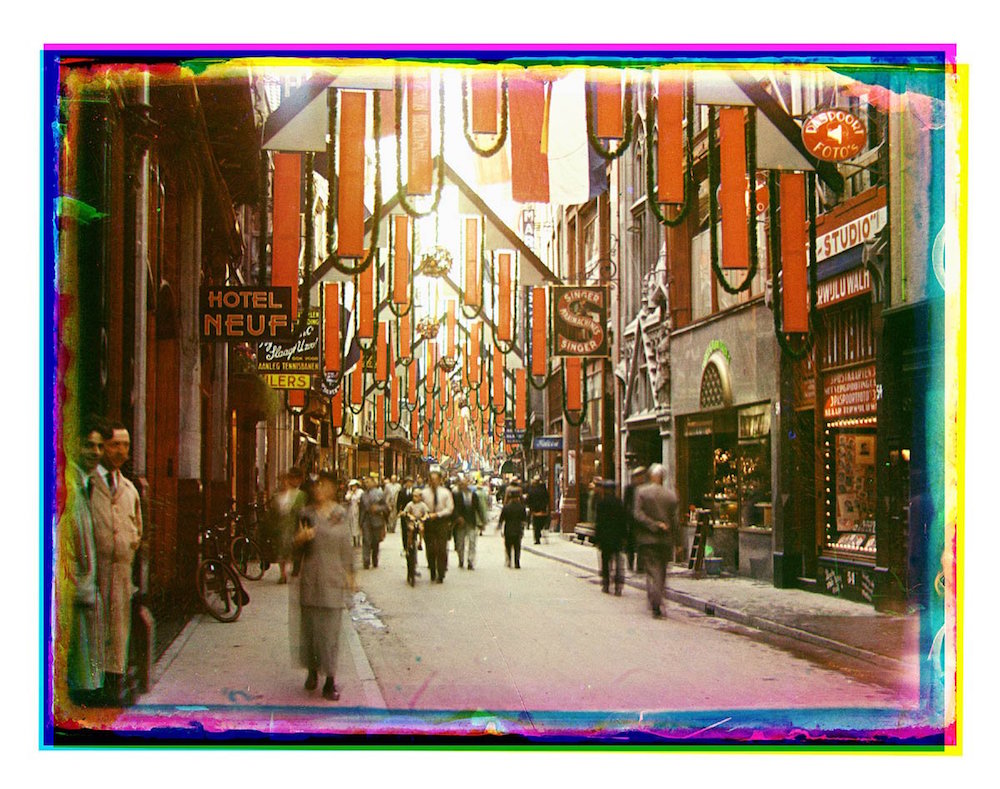
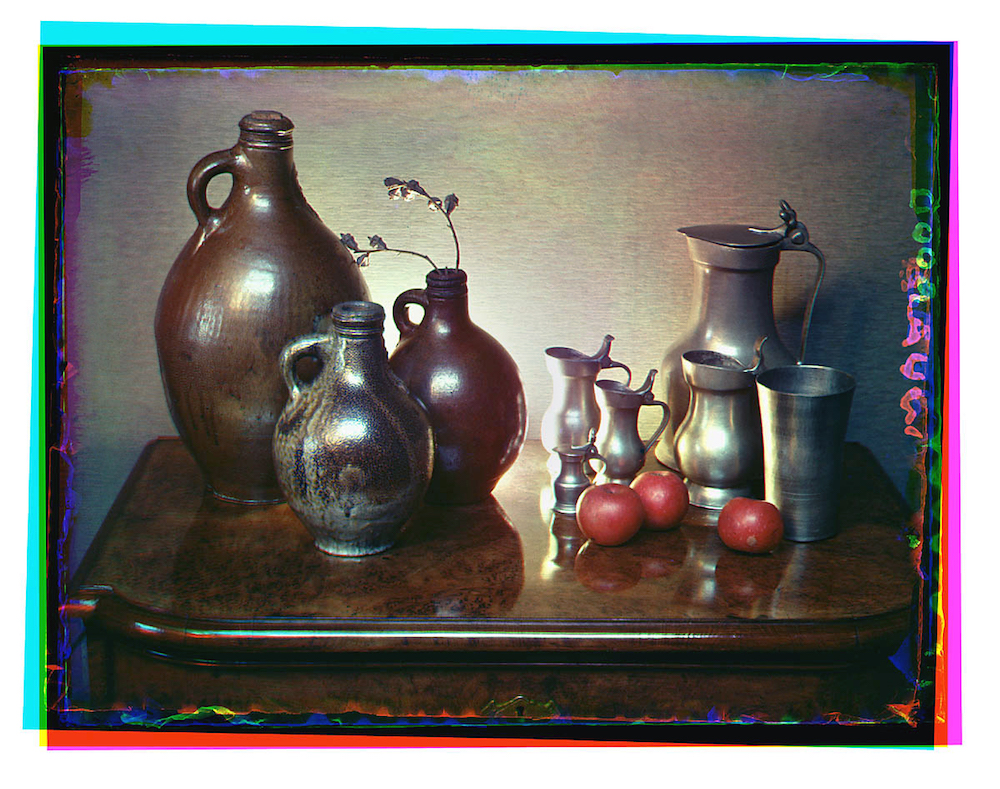
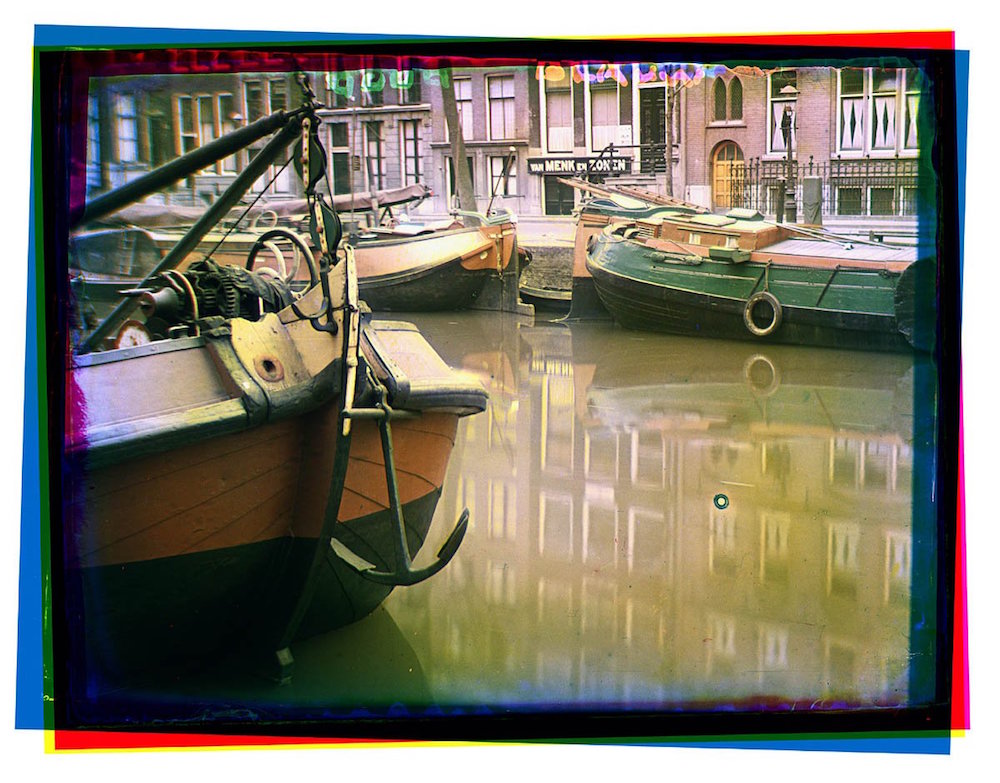

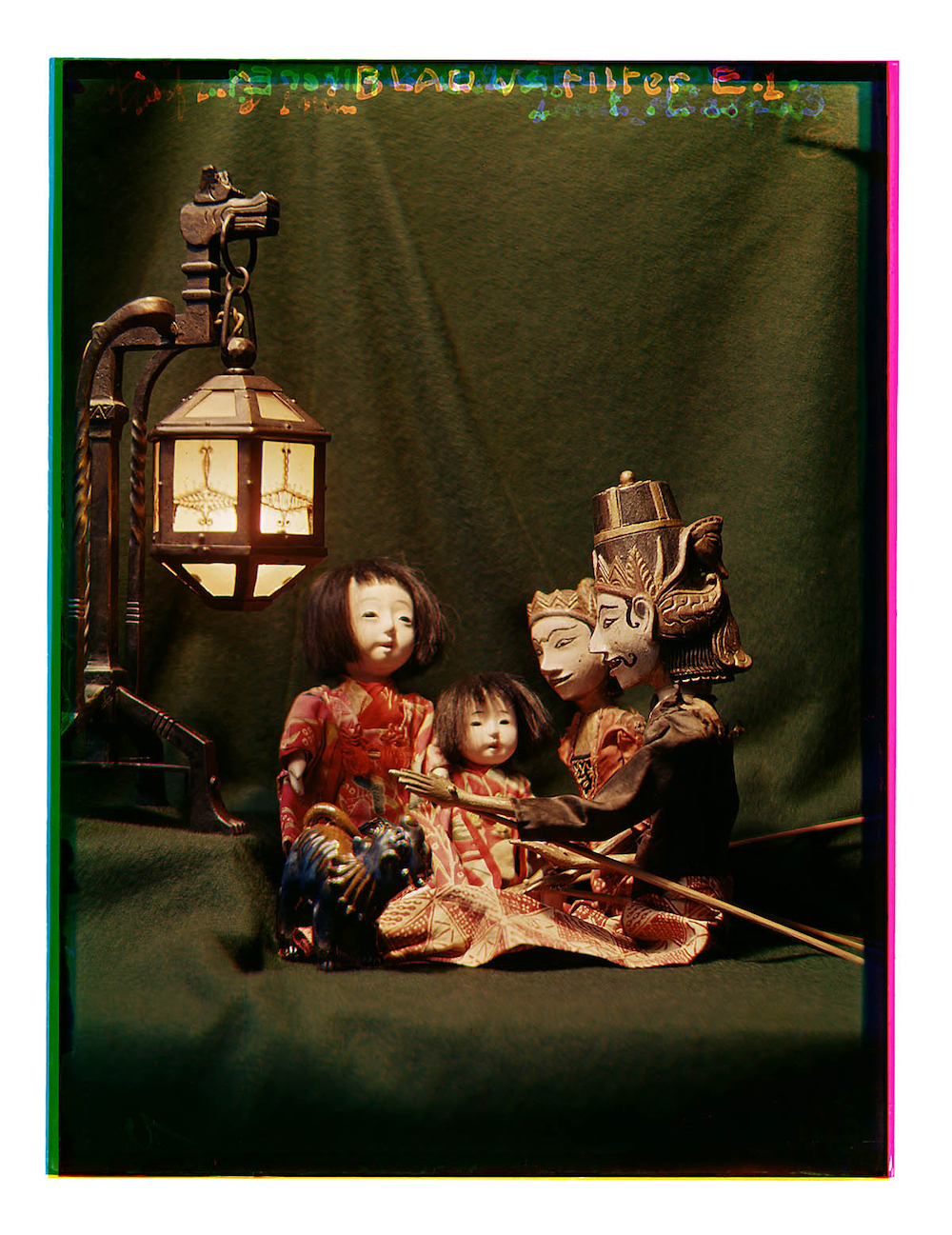
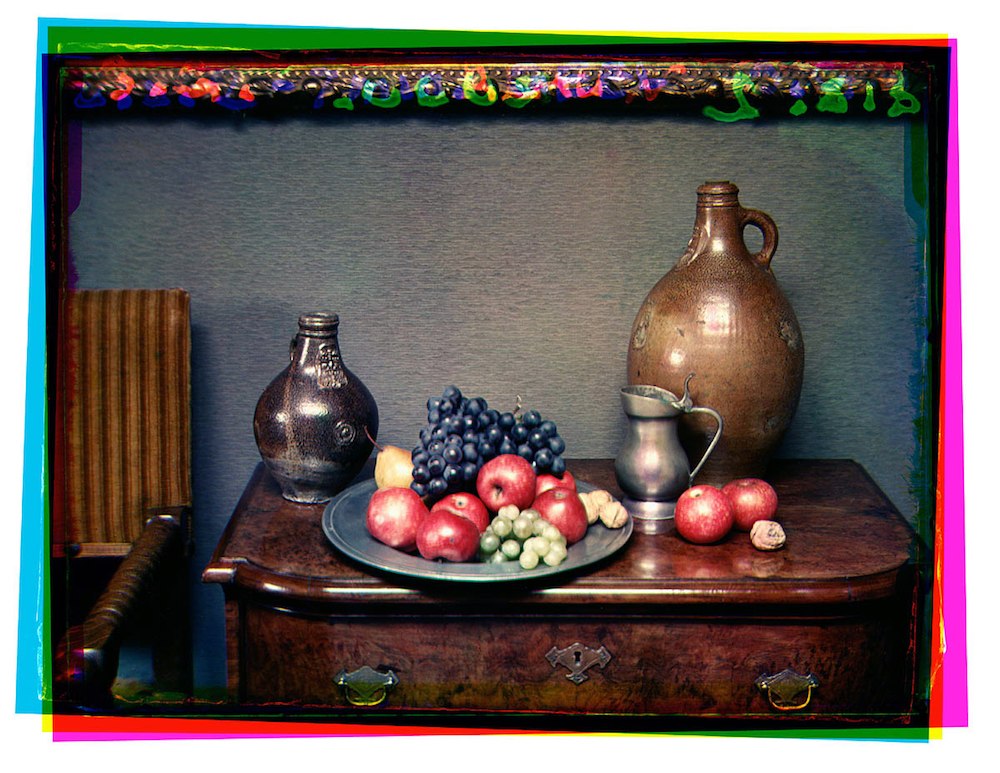
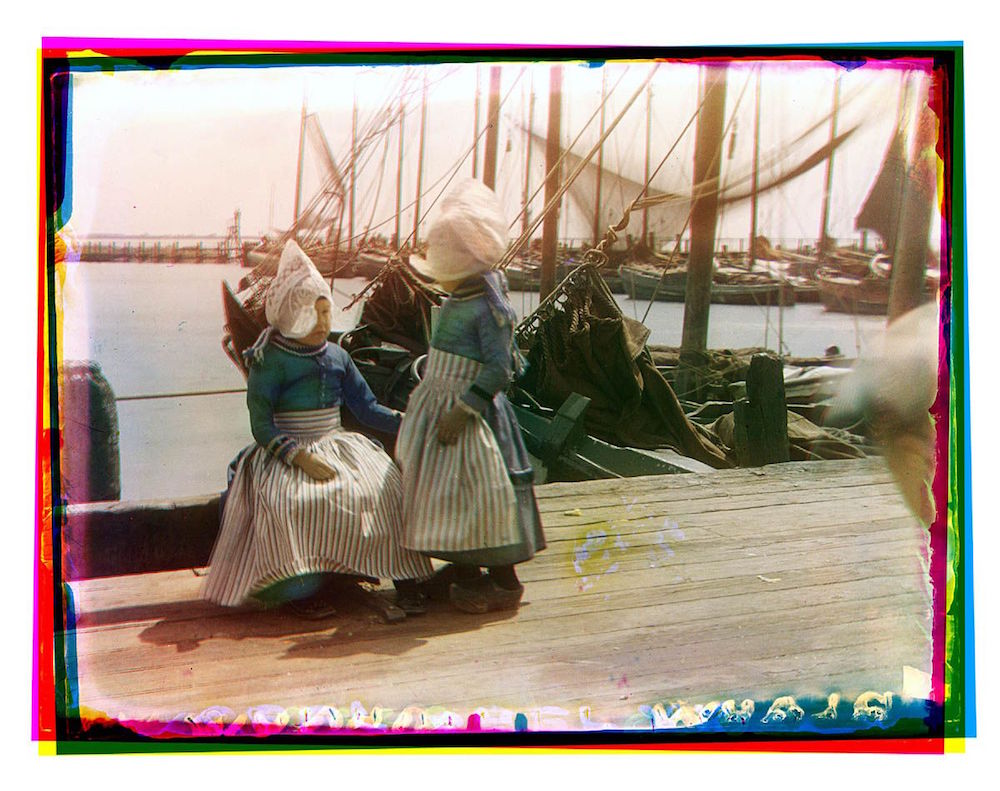
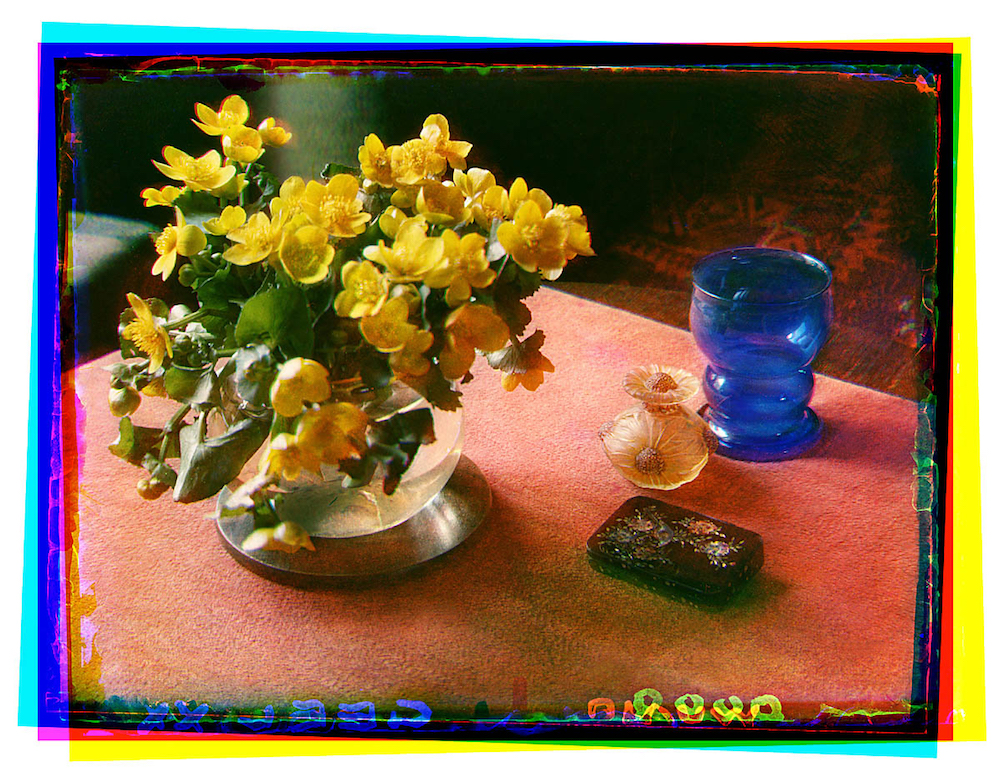
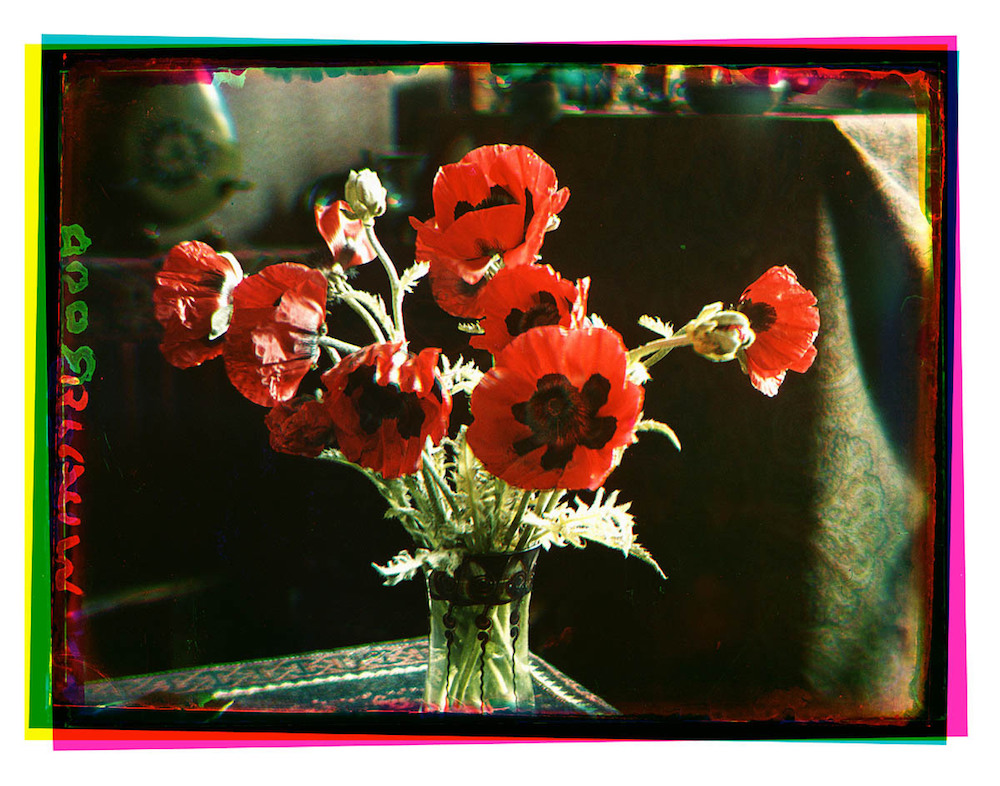
See more Bernard F. Eilers’ work here.
Would you like to support Flashbak?
Please consider making a donation to our site. We don't want to rely on ads to bring you the best of visual culture. You can also support us by signing up to our Mailing List. And you can also follow us on Facebook, Instagram and Twitter. For great art and culture delivered to your door, visit our shop.









